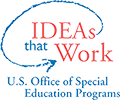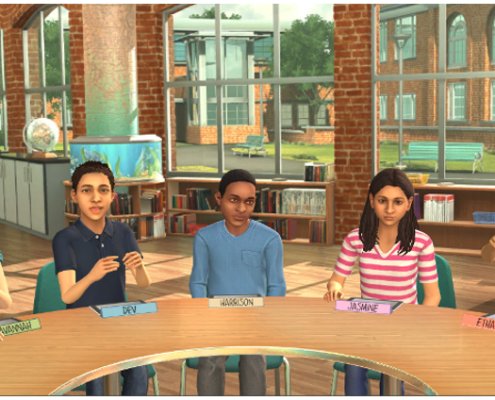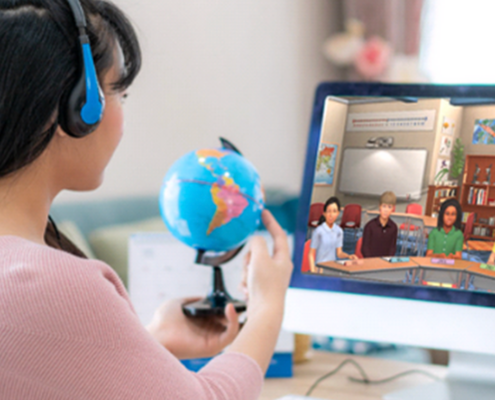Effective PLOs are characterized by several key features. They provide candidates and practicing teachers
- models that help candidates understand how to enact specific HLPs,
- models of how HLPs can be enacted successfully,
- opportunities to use the HLPs in simulated and authentic settings, and
- opportunities to receive feedback on and analyze their use of the HLPs.
These features should be integrated into PLOs. They may not be present in every PLO, but they should be present across the various PLOs incorporated in preparation and professional development programs. Teacher educators and school district personnel should also consider how to provide teacher candidates and beginning teachers with scaffolded opportunities to learn; that is, PLOs need to be structured so they increase in complexity over time and provide less support for learning as teacher candidates and beginning teachers develop more skill. For instance, an HLP may be enacted first in a simulated setting with peers; second in a small-group setting with k-12 students (e.g., tutoring one or two students in pull-out instruction); and finally, in a classroom setting with k-12 students.
McDonald and colleagues (2013) have proposed a model of enactment for the PLOs that captures the above features and demonstrates how teacher learning can be scaffolded over time. This model of enactment, described in figure 1, includes four phases:
- understanding and learning how to enact the HLP,
- planning for and rehearsing to enact the HLP,
- enacting the HLP with students, and
- analyzing enactment and making revisions.
In phase one, candidates and novice teachers have opportunities to read about the practice and observe models of its effective enactment through either video exemplars, live models, or written case studies. In phase two, they have collaborative opportunities to plan to use the HLP and then rehearse its use through microteaching, role play, or simulations. After practicing the HLP, they receive feedback from peers and experts such as supervising teacher educators or mentor teachers. This feedback focuses on the quality of their implementation efforts and the learning opportunities they afforded students. In phase three, candidates and novice teachers plan and implement the HLPs with k-12 students. Mentor teachers may plan with candidates and novice teachers how to use the HLP, model how to use the HLPs during instruction, and provide feedback on implementation efforts and student learning. Candidates and novice teachers also have opportunities to analyze their instruction and its impact on student learning through strategies such as video analysis and peer feedback. Although individual PLOs may be situated in one or two phases, teacher education, beginning teacher induction, and professional development programs should construct and sequence PLOs so that they address all phases of the enactment cycle.
In this resource, we present PLOs that are organized according to specific HLPs. For each HLP, we
- define the type of PLO provided;
- provide a video presentation that introduces the PLO;
- provide an implementation guide that describes the context for the activity, the phases of the enactment cycle it addresses, and information about how to implement the PLO;
- include needed resources to enact the PLO.
You will notice that the same PLO may be employed to teach different HLPs; however, we thought that seeing how a PLO can be used to address different HLPs would be helpful to teacher educators and mentor teachers.
We encourage you to navigate the different components of the series and hope you will find the PLOs useful in improving your teacher education, teacher induction, and professional development efforts.
Reference
McDonald, M., Kazemi, E., & Kavanagh, S. (2013). Core practices and pedagogies of teacher education: A call for common language and collective activity. Journal of Teacher Education, 64, 378-386. DOI: 10.1177/0022487113493807
1 To learn more about individual HLPs, please visit highleveragepractices.org.

 This website was produced under U.S. Department of Education, Office of Special Education Programs, Award No. H325A220002. David Guardino serves as the project officer. The views expressed herein do not necessarily represent the positions or policies of the U.S. Department of Education. No official endorsement by the U.S. Department of Education of any product, commodity, service, or enterprise mentioned in this website is intended or should be inferred.
This website was produced under U.S. Department of Education, Office of Special Education Programs, Award No. H325A220002. David Guardino serves as the project officer. The views expressed herein do not necessarily represent the positions or policies of the U.S. Department of Education. No official endorsement by the U.S. Department of Education of any product, commodity, service, or enterprise mentioned in this website is intended or should be inferred.











